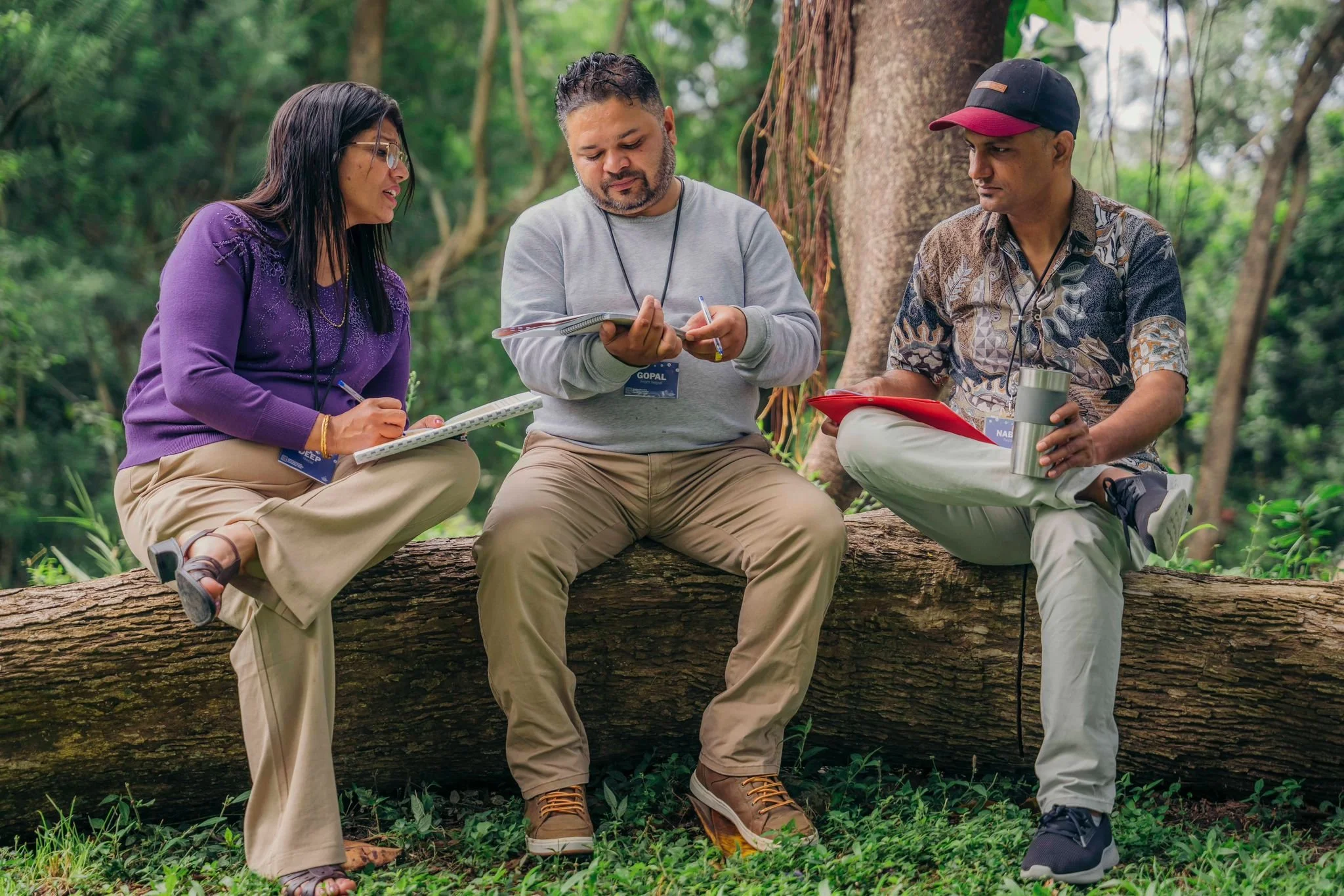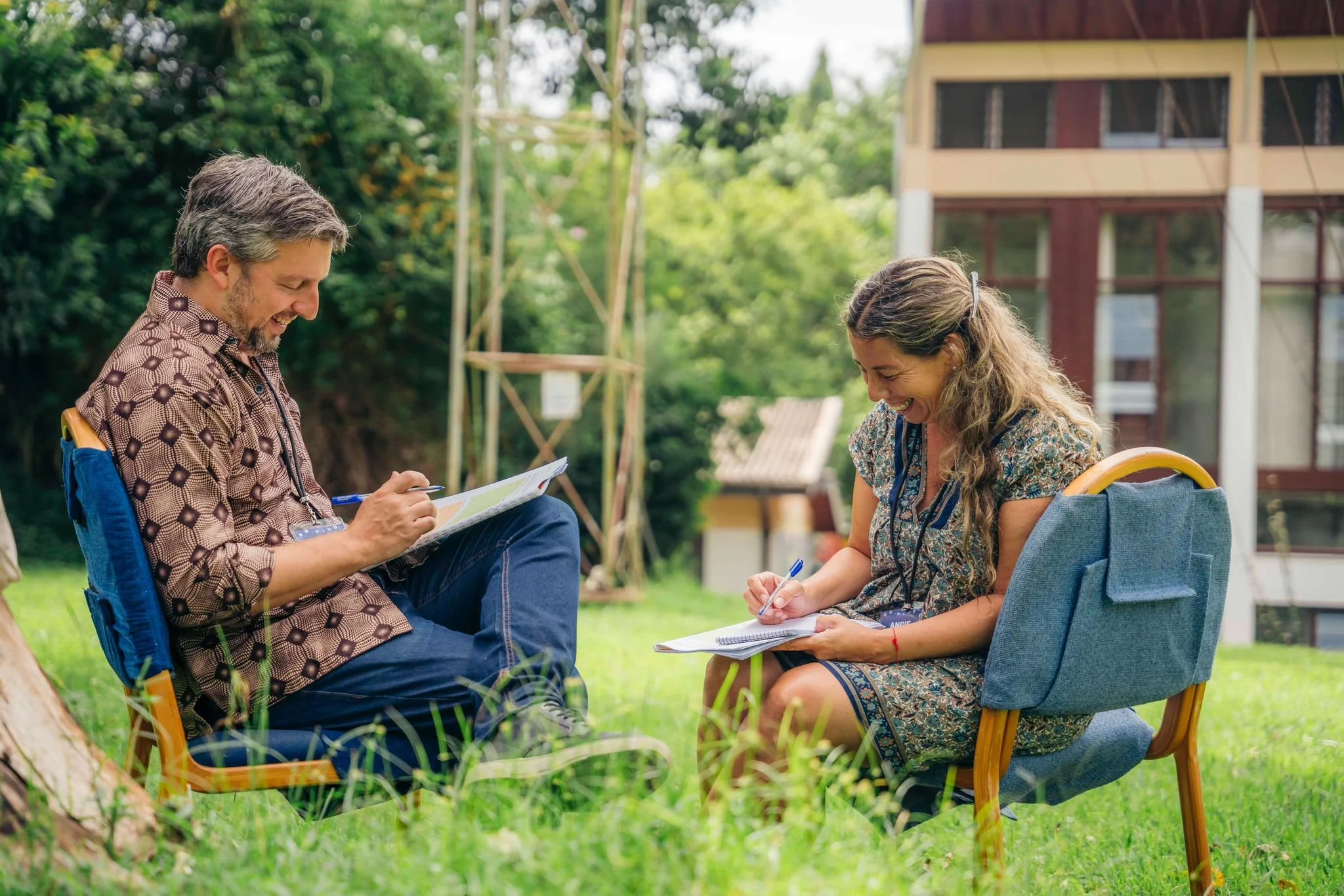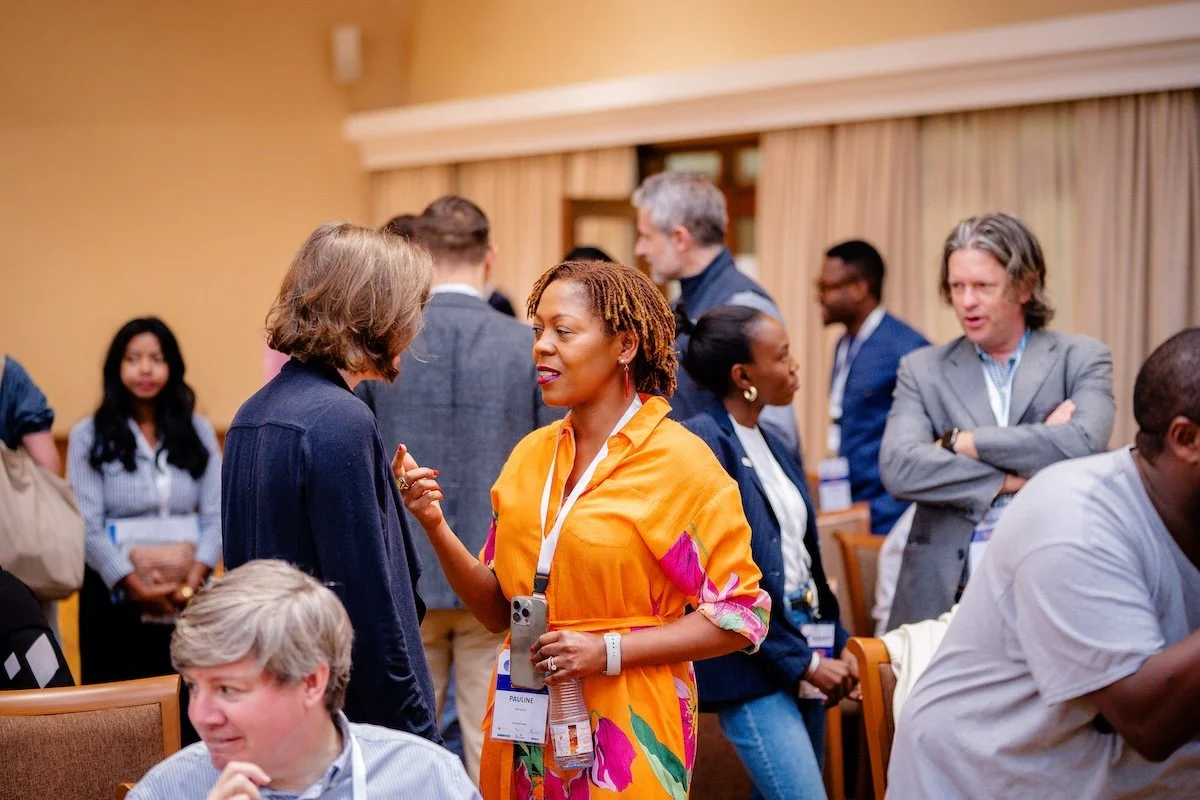Training for Togetherness (Part 2)
Reviving Social Intelligence Through Networks
Summary:
In Part One, we explored how our collective social intelligence has eroded in the face of digital saturation, disconnection, and cultural fragmentation—and why networks, when held with care and intention, can serve as social dojos: spaces to rebuild the relational capacities we need to thrive together. We introduced Karl Albrecht’s five core dimensions of social intelligence as a simple, powerful way to understand the components of social intelligence—Situational radar, Presence, Authenticity, Clarity, and Empathy (SPACE).
Now, in Part Two, we turn to practice. What does it mean to host a social dojo? How can network leaders design spaces that foster connection, trust, and collaboration in real time? And how can SPACE come to life in the everyday rhythms of network meetings, convenings, and conversations?
Hosting a dojo
Networks are webs of relationships—and the strength of those relationships determines both the health and the impact of the network. When connections are strong, trust grows, ideas flow, and collaborative co-creation becomes possible.
To unlock that potential, we must cultivate social intelligence across the network—intentionally growing the relational capacity needed for shared learning and coordinated action.
Yet few networks intentionally use meetings and convenings as opportunities to practice and strengthen relational skills. Too often, gatherings mimic conferences: speakers talk at participants, and agendas prioritize updates over interaction. Broadcasting information rather than hosting dialogue overlooks the network’s greatest asset—the collective wisdom in the room.
To foster relational agility and awareness, we must first support the development of network leaders. When leaders are attuned to social dynamics, they can model social intelligence and design network spaces that encourage active participation, sensemaking, and systems learning. In these moments, the network becomes a relational dojo—a space to train our listening, stretch our worldviews, and move from polarization to collaboration.
Supporting participant engagement requires SPACE
In a culture that prioritizes technical expertise and hard skills, interpersonal and intrapersonal capacities like Situational Radar, Presence, Authenticity, Clarity, and Empathy—summarized by the SPACE framework—are often undervalued. These so-called “soft” skills are more accurately understood as capacities: inner qualities that shape how we relate, listen, and lead with awareness.
A few essential social capacities that support leaders to facilitate in complex social environments such as networks and collaborative initiatives include: listening, weaving, summarizing, and an ability to catalyze action. Let’s look at how they are related to SPACE and how network leaders taking a relational approach draw on these social capacities.
Listening
Listening is a foundational aspect of Situational radar. Network participants arrive with diverse backgrounds, motivations, and values. Network leaders must listen on multiple levels—with humility and empathy—to understand both what is said and what is meant. Network leaders who are adept at hearing various perspectives can identify opportunities and then curate social interactions among participants to amplify synergies within the network.
Deep listening helps identify patterns, opportunities, and tensions within the network. It also involves sensing the energy of the room—what’s bubbling, what’s fading, and differentiating creative tension from destructive conflict. Leaders who listen well are better equipped to steward generative conversations and support collective momentum. They know when it’s time to step forward with guidance or step back to let the group self-organize.
Translating
Listening on multiple levels enables Clarity—the ability to translate across worldviews, experiences, and communication styles participants bring with them to the network. Effective translation invites people to come together around common interests. Facilitators use their translation skills to help participants understand one another through metaphors, images, stories, and examples that resonate.
Allowing for multiple, simultaneous initiatives in the network ensures participants have options to contribute in areas where they are passionate. Translating occurs in real-time during network meetings when small groups work on specific issues. Afterward, leaders must translate and share back what emerged so the broader network sees how various complementary activities align under a shared purpose.
Weaving
Once network leaders identify synergies, they can begin weaving—intentionally connecting people with common interests. This practice of connecting people to each other draws from Authenticity and Empathy. Making intentional introductions invites people to feel seen and sets them on a path to supporting one another. Ongoing weaving amplifies participants’ ability to coordinate their work, share learnings, and advance shared goals together.
Embedding weaving into convening design creates psychological safety. Connections infused with care lead to openness, which set the stage for people to riff on each others ideas and generate new projects, products, and experiments to pilot. helps participants feel seen and supported. Hosting small-group calls throughout the year helps nurture a culture of authenticity and empathy while also identifying emerging themes worth lifting up in upcoming gatherings.
Summarizing
Across dialogues and network activities, it’s essential to summarize—to connect what is emerging in a shared network narrative. This practice draws from Presence, inviting leaders to speak with grounded confidence as they articulate the evolving story of the network. Presence infuses communications with emotions that resonate in the hearts and minds of participants.
Summarizing provides coherence: it helps participants understand the bigger picture and how their work fits into the larger story. Network leaders summarize to connect dots—how an initiative connects to the purpose, how one meeting connects to the next, and how network actvities combine to create impact. A coherent narrative allows participants to understand themselves in relationship to the group and find belonging in the network. When people feel part of something meaningful, they stay engaged and motivated to contribute to the purpose.
Catalyzing Action
A compelling narrative about what we can do together that we can’t do alone activates the potential of a network. Through Empathy and Situational radar, network leaders lift up emerging opportunities and establish feedback loops within the network to ensure that information is flowing about who’s doing what and how to contribute to various initiatives underway..
Empathy helps leaders recognize who needs what information, when, and how. Situational radar supports adaptive engagement strategies that are responsive to dynamic relationships, resources, and impact strategies as the network evolves.
Network meetings become spaces for learning, sharing, and coordinating action. As shared intentions combine with real-time data, emergent strategies begin to shape systems change. Network participants generate ripple effects through many distributed actions that are supported by a shared capacity to relate with care, clarity, and courage. As narratives and relational patterns move from within the network out to communities and organizations, transformation takes root.
What’s Next: From Practice to Participation
In these times of increased disconnection and polarization, networks can become social dojos—spaces where we can reconnect, relate across differences, and practice the skills our communities need to thrive. This begins with leaders who create the conditions for us to reactivate our inherent social drive for connection and hone our abilities to effectively navigate change together.
In this article, we explored how networks can become spaces where relational capacity is practiced and strengthened over time. We looked at how network leaders can embody and cultivate the five core dimensions of social intelligence—Situational radar, Presence, Authenticity, Clarity, and Empathy (SPACE)—and how these capacities translate into everyday network practices like listening, translating, weaving, summarizing, and catalyzing action.
These practices create and sustain relational infrastructure—the invisible threads that hold a network together and allow it to adapt, collaborate, and grow.
But what about the people participating in networks? What might they experience in a social dojo?
In Part 3, we’ll explore approaches and activities that network leaders can use to meaningfully engage diverse participants in generative conversations—dialogue that builds trust, deepens understanding, and fuels aligned action.
In the meantime, we’d love to hear from you:
What do you do to build relational capacities in yourself as a leader—and to support social intelligence among participants in the collaboratives you’re engaging in?
Let us know!




